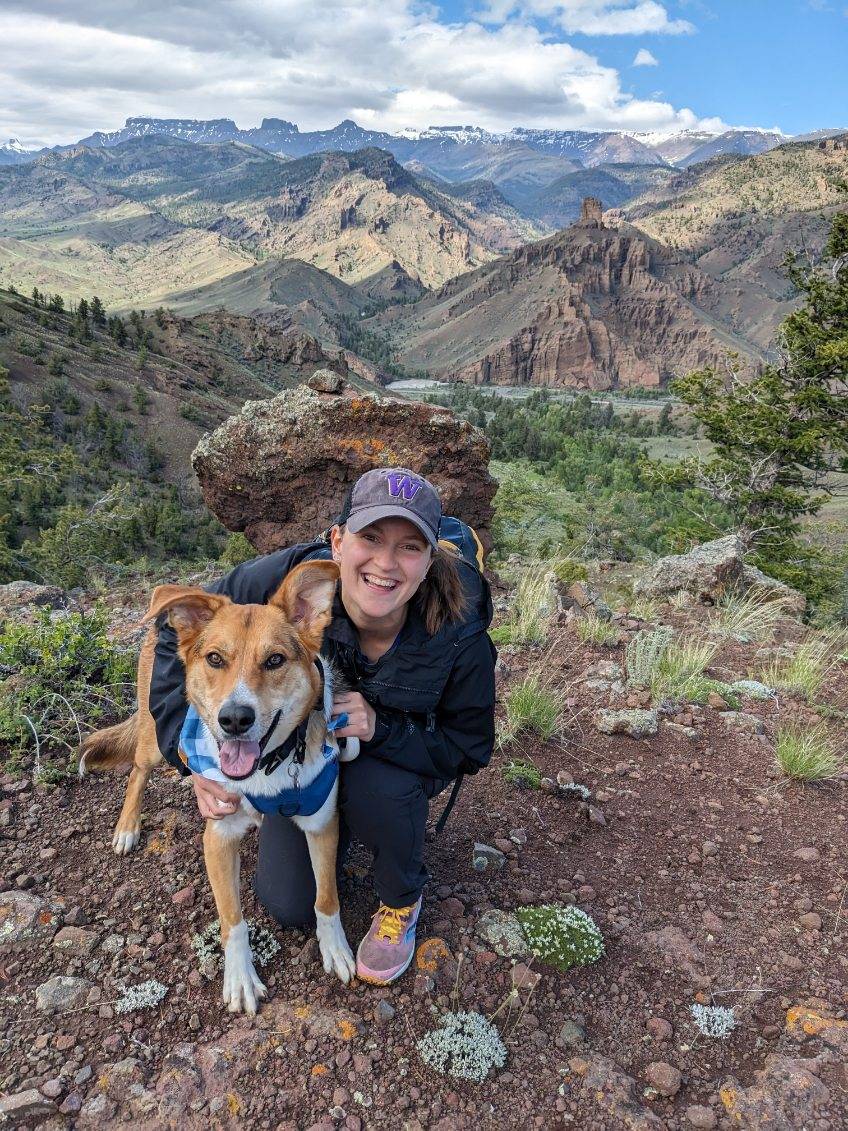10 fun facts about me!
- I grew up in Rochester, New York (go Bills!)
- I played division III soccer at Houghton College in Western New
York
- I also played division III lacrosse (I was much better at
soccer…)
- I run marathons (Boston Marathon x2, Chicago Marathon, Seattle
Marathon, Eugene Marathon, 2020 Virtual Marathon)
- I met my husband, Alex, in Knoxville, Tennessee and we eloped in
Coeur D’alene, Idaho in 2021
- We adopted our dog Bandy (named after Bandy Creek campground in Big
South Fork) in 2022
- Although I am a quantitative ecologist, I absolutely love
opportunities to get in the field!
- I became interested in aquatic invasive species at a young age when
my cousins and I used to scrape zebra mussels off rocks at the bottom of
Skaneateles Lake, NY
- Sturgeon are my favorite type of fish!
- My favorite type of water body ranking is: River > Lake >
Ocean
